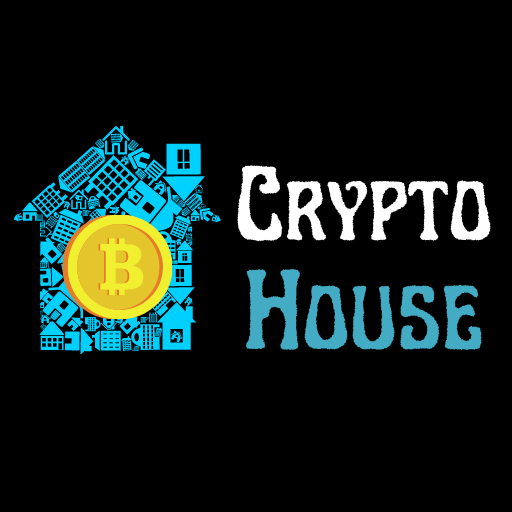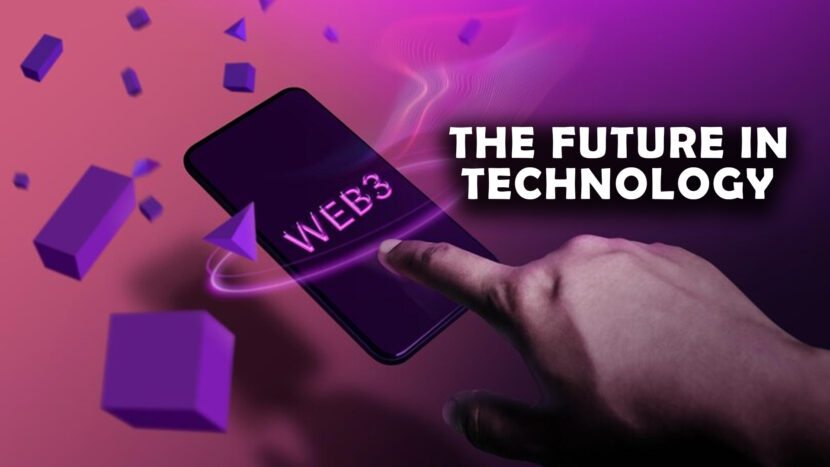- The third generation of the web, which is distinguished by security, transparency, and decentralization, is referred to as the ‘Web3’ in this contemporary era of the internet.
- In Web3, users have more control over their data, particularly how they interact with the data algorithm, leading to a fairer and more democratic internet.
Web3’s Potential Developmental Areas
Blockchain technology has been the foundation for the entire Web3 sector.
In the coming years, Web3 will become widely used and one can anticipate seeing more inventive applications of digital currency.
Many people’s daily lives will be significantly impacted by this, for instance by making it possible for parties to enter into agreements without being watched over or obstructed by any third party, which will lower the number of lawsuits.
Challenges While Adopting Web3
- Storing and acquiring crypto is still quite a challenge and a time-consuming process for several users. This is just one of the hurdles that people need to overcome before using Web3.
- Users also need to learn primary digital currency and blockchain skills, which are vital for the adoption of Web3 in the near future.
- Even the lack of simple information regarding these topics might become a problem for the advancement and development of Web3.
- Education on the values embodied within blockchain technology needs to be taught on platforms like Brave Browser, Meta Mask, etc. so that the concept of blockchain or cryptocurrency doesn’t remain foreign or bizarre in today’s modern society.
Future Of Web3
One of the most eagerly awaited possibilities for the future of Web3 is decentralizing our data across thousands of servers, which is very different from our current position where one uses centralized servers to store our data and run our applications.
This doesn’t mean they make the previous or original form of using servers taboo, but they utilize the knowledge of both methods to create some sort of hybrid between them.
This is crucial for the progress of Web3, as this transition could prove challenging, especially for advertising revenue for other websites, which will in turn make the users experience their content for free.
Users are compensated in micropayments every time they click or watch an advertisement that temporarily disconnects them from the decentralized internet, according to a hybrid business model used by organizations like Google.
Conclusion
The development of Web3, a paradigm shift that will change how people interact with the digital world, has a lot of potential for the next five years.
Decentralized applications, blockchain-based governance, and improved user ownership of data and assets are expected to characterize the landscape as one begins this journey.
To fully realize Web3’s potential, however, issues like scalability, interoperability, and regulatory clarity must be resolved. Innovators, developers, and policymakers working together will have a big impact on how this future turns out.
A shining example of technological development and empowerment, Web3 has the potential to advance inclusivity, trust, and transparency. It provides a glimpse into a more decentralized, user-centric, and equitable digital era.





